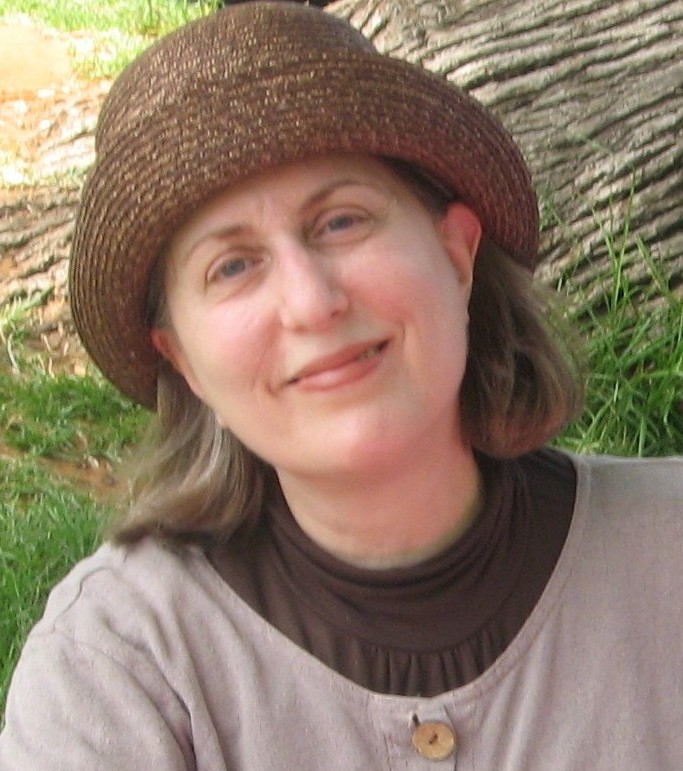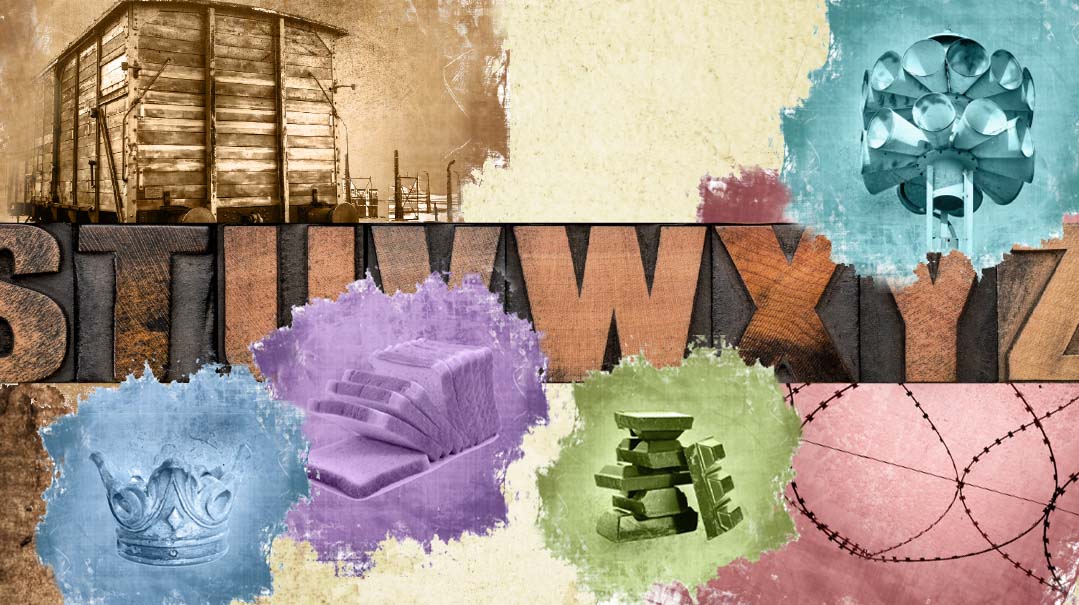Jewish Secret Code

How Jews throughout history communicated in code

Throughout history, tyrannical regimes have tried to crush us. While they may have had huge armies and sophisticated weapons, they ultimately failed because Hashem has blessed us with three crucial weapons of our own: brains, chutzpah, and hope. And so when Jewish life had to go underground, either partially or entirely, our ancestors were able to devise secret codes that helped ensure their — and our — survival.
Psst! Dovid Hamelech Lives!
The time: the early 1960s. The place: Barney Goodman Camp, a day camp for Jewish kids living in the Kansas City metro area. Or to be more specific, the bus that took us from the camp’s rural grounds to the horseback riding stables or the lake with the rowboats. While the bus driver maneuvered past potholes and the occasional squirrel dashing across the road, dozens of excited girls sang at the top of their lungs a song that was also inspiring refuseniks in Soviet Russia: Dovid Melech Yisrael chai v’kayam!
I can’t speak for the refuseniks, but I’m pretty sure none of us “camperniks” knew the source of this easy-to-remember lyric. In fact, if someone had told us the song’s five words were once a secret code used during the time when the Roman Empire ruled over Eretz Yisrael, we probably would have answered with a collective “Huh?”
Our ignorance can be explained by the fact that none of us were Talmudic scholars, and the story is found in Rosh Hashanah 25a: “Rebbi said to Rabi Chiya, ‘Go to Ein Tav and sanctify the moon — and send me a sign: Dovid Melech Yisrael chai v’kayam [Dovid, king of Israel, lives and endures].’ ”
Why was a coded message necessary and why those words? Why couldn’t Rabi Chiya have simply reported that he sanctified the moon?
To give a little background, after the churban of Bayis Sheini and the defeat of Bar Kochva and his troops, Roman emperor Hadrian banned the teaching of Torah and the Jewish calendar, among other cruel edicts. The punishment for disobeying was horrific.
After Hadrian’s death, conditions became better; during this period of relative tranquility, Rebbi (Rabi Yehudah Hanasi) headed the Sanhedrin and compiled the Mishnah. But the Temple was still destroyed, the Jews were still barred from Jerusalem, and the Romans were still ruling the roost. And even though Rebbi had friends in high places, he knew it only took the death of one emperor and the rise to power of another for a return to tragic times.
Therefore, relative calm wasn’t good enough. What was needed was the return of Jewish autonomy and the restoration of Malchus Beis Dovid, the Davidic dynasty. But how to keep the embers of hope burning within the hearts of the Jewish People?
The waxing and waning of the moon was a powerful metaphor for Dovid Hamelech — and the Jewish People’s changing fortunes. As it says in Midrash Shemos Rabbah 15, when the moon’s light returns after the molad, it’s a sign Malchus Beis Dovid will return to its former glory.
But why did Rebbi choose the words “Dovid Melech Yisrael chai v’kayam,” which are not found in Tanach, to convey this message of hope? Why not choose a phrase from Navi or Tehillim, such as this quote from II Shmuel 7:16: “Your house and your kingdom will endure forever before you; your throne will be established forever.”
Rav Yitzchak Eizik HaKohein of Koretz, author of the kabbalistic sefer Bris Kehunas Olam, perhaps provided an answer when he discovered an additional “secret” connection between Rebbi’s phrase and sanctifying the moon. The gematria of Dovid Melech Yisrael chai v’kayam and Rosh Chodesh are the same: 819.
The Yerushalmi in Sanhedrin confirms that Rebbi’s phrase became the secret sign used to announce the moon had been sanctified. And from Eretz Yisrael the words have traveled through time and space as a sometimes secret and sometimes openly expressed message of hope and renewal.
Oops! We could not locate your form.







